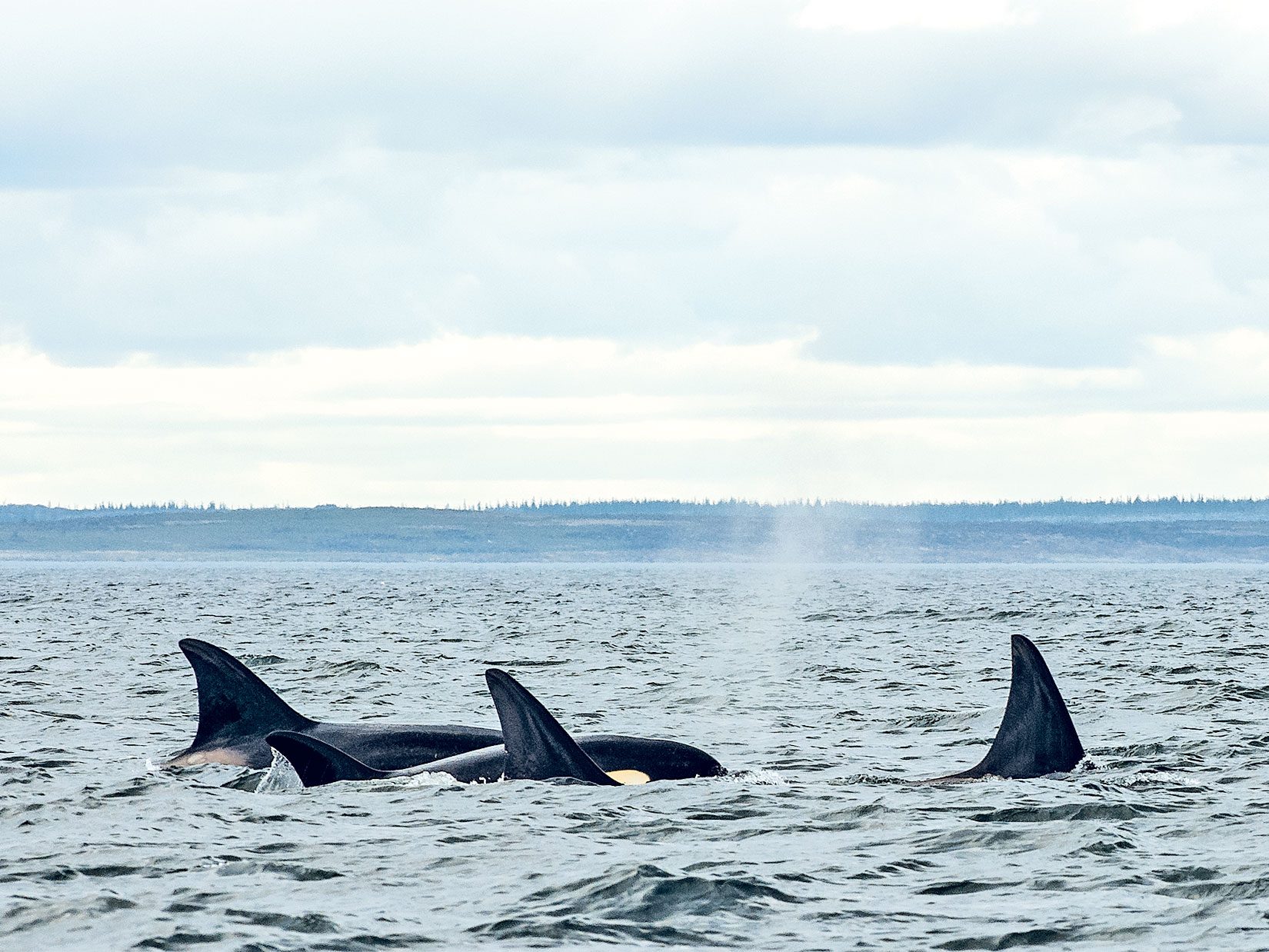
Predator vs. Predator
A lone lone polar bear ambles along the western shore of Hudson Bay, just outside the town of Churchill, Man. Every few minutes, she stops on the rocky beach, stands on her rear legs and peers across the bay’s open waters. Something out there has caught her attention.
It’s late August 2011. Months will pass before the increasingly unpredictable sea ice forms, providing a platform from which to hunt seals and fatten up after several lean months on land. It’s not ice, however longingly anticipated, that has the bear scanning the cold, grey water. About 300 metres from shore, seven triangular dorsal fins betray the position of a group of unusual visitors to the bay: killer whales. Perhaps the polar bear is just as surprised to see the whales as the tourists, whose Zodiac idles about six metres from the pod. The boat’s driver-a lifelong Churchill resident-is astonished.
“Oh, man, I can’t believe I’m looking at orcas!” Remi Foubert-Allen shouts over the noise of an outboard motor. “Look at the male’s dorsal fin. It must be seven feet!” He knows something most people don’t: until recently, killer whales have been a rare sight in Hudson Bay.
Jobie Attitaq, an Inuit hunter in Arctic Bay, Nunavut, has observed the same thing on the northwest coast of Baffin Island, 1,600 kilometres from Churchill. “In the late 1990s, we started to notice killer whales were coming around to Admiralty Inlet and even into Adam Sound and right here into Arctic Bay,” says Attitaq, chair of the hamlet’s Hunters and Trappers Organization. “We never experienced this before. Now we get them often.”
In fact, killer whale sightings in Hudson Bay and the wider eastern Canadian Arctic have increased since the year 2000, leading scientists to consider the rise of a new apex predator in the North. They say disappearing sea ice is opening up new hunting grounds for killer whales. At the same time, the vanishing mass is narrowing habitat for the North’s long-reigning monarch: the polar bear.
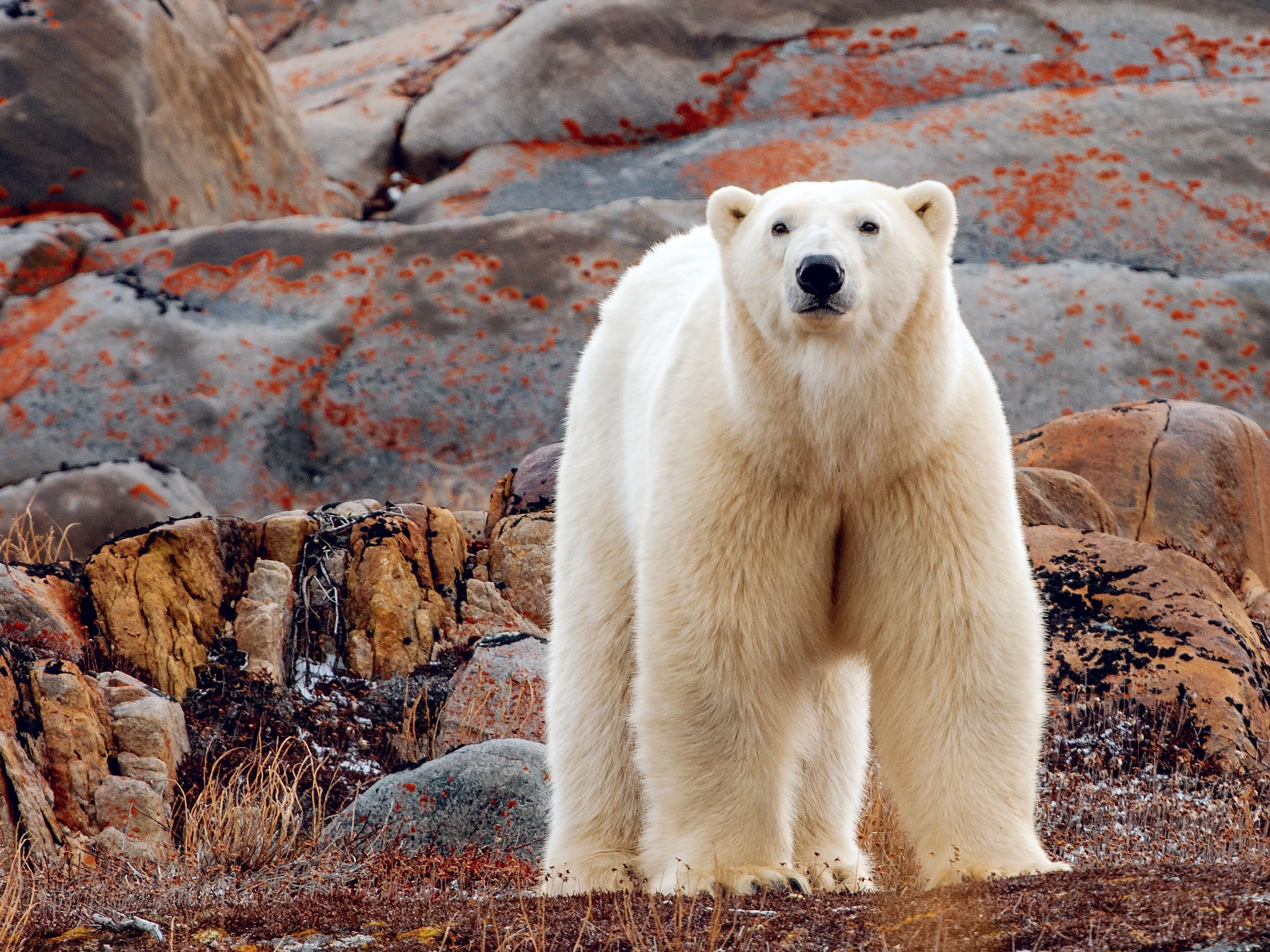
Predator vs. Predator – 2/5
Five years later, Steve Ferguson, a biologist with Fisheries and Oceans Canada, is among those trying to figure out exactly why the whales are there and what their presence means for the Arctic ecosystem. He believes the creatures are moving north as climate change opens up previously inaccessible hunting areas that are rich in belugas, bowheads, narwhals and seals. Ferguson’s research indicates that sea ice in Hudson Strait was once a choke point, preventing orcas from accessing Hudson Bay.
Killer whales generally avoid ice because they can injure their tall dorsal fins as they swim underneath. But, beginning consistently in the 1960s, declines in the area covered by summer sea ice in the straits have likely allowed for killer whales from the northwest Atlantic to find their way into the bay. Figures from the Canadian Ice Service support that conclusion. Between 1968 and 2010, summer sea ice concentrations in Hudson Bay and in Hudson and Davis Straits have declined by 10 to 20 per cent a decade. In Hudson Bay alone, that accounts for a loss of over 16,000 square kilometres. In Baffin Bay, where ice has dropped by 10 per cent a decade, the total reduction exceeds 18,000 square kilometres-more than three times the size of Prince Edward Island.
Working with Ferguson, Winnipeg-based wildlife biologist Jeff Higdon has pored over old whaling logs and interviewed Inuit hunters to create a database of orca sightings in the region. European and American whalers kept detailed accounts of their activities; there’s no mention of these awesome predators in Hudson Bay until well into the 20th century. “The first record I know of for the area was in the 1940s,” says Higdon.
But sightings picked up starting in the late ’60s, with seven reported that decade. The numbers ticked up in subsequent decades, then soared to 84 in the aughts. From 2010 to 2014, there were 24 sightings. Scientists with Fisheries and Oceans started paying closer attention in 2005, which probably boosted recent numbers, but a trend is clear.
A similar pattern is evident in the wider eastern Canadian Arctic. Killer whales have been summertime visitors to Baffin Bay and Davis Strait since at least the late 1800s, but Inuit hunters say they now see them more regularly and in larger numbers. This region has gone from 25 reported sightings in the 1960s to 79 in the decade from 2000 to 2009. From 2010 to 2014, there were 62. The fact that orcas are coming back year after year, and in greater numbers, tells Ferguson the hunting must be good. “They are doing well and reproducing,” he says, adding that he wouldn’t be surprised to see sightings continue to increase. Polar bears, on the other hand, appear to be facing a less promising future.
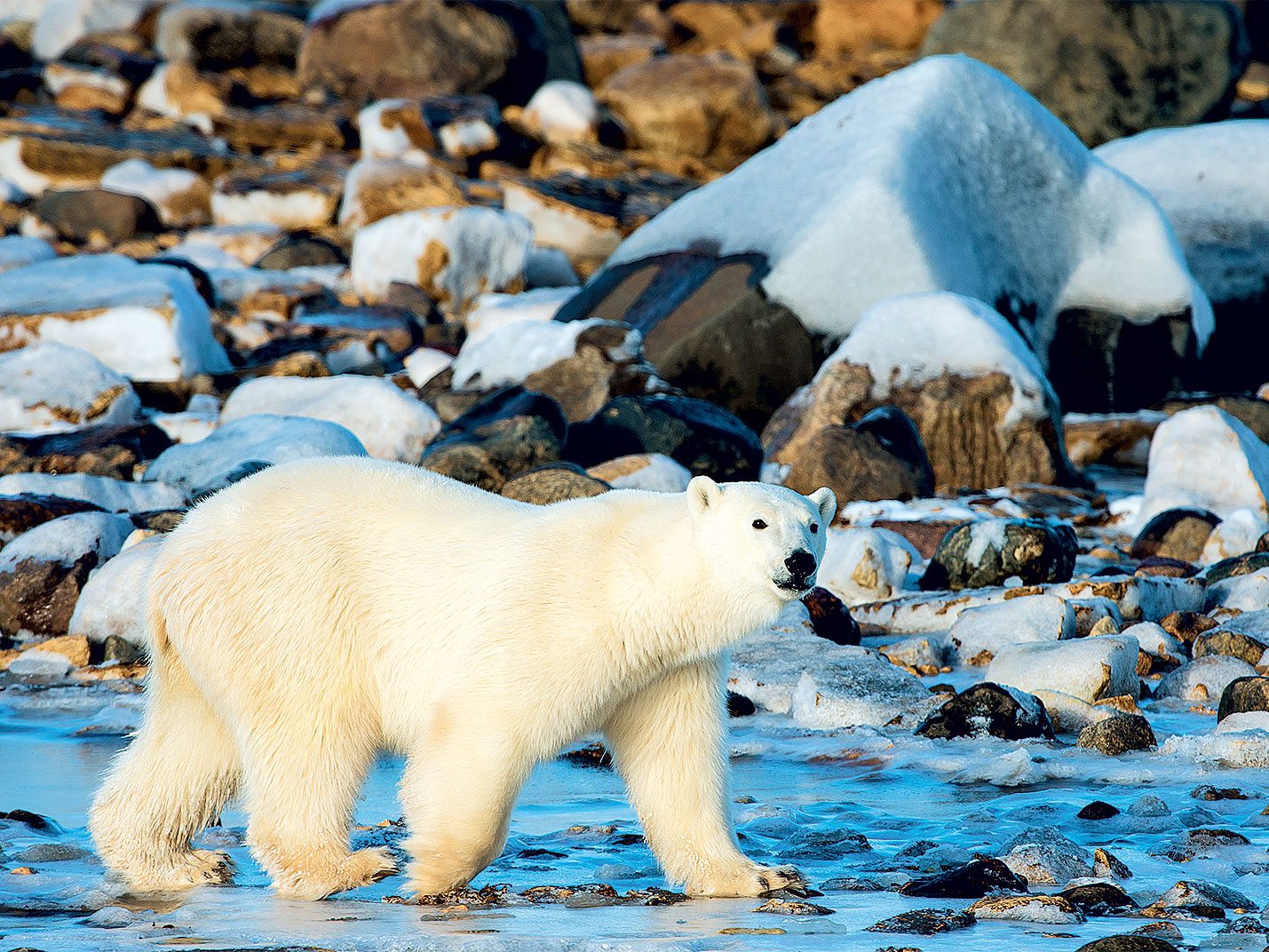
Predator vs. Predator – 3/5
For several hundred thousand years, polar bears have reigned supreme as the Arctic’s top predator. They’re uniquely suited to a frigid environment, expert at hunting ringed and bearded seals. But Arctic temperatures are rising at twice the rate of those of lower latitudes, and their habitat is changing drastically.
Polar bears have survived warming periods in the past-even to the point of crossbreeding with barren ground grizzlies whose territory overlaps theirs in the southern Arctic. Charlotte Lindqvist, an evolutionary biologist at the State University of New York, Buffalo, published a study in 2012 showing grizzlies and polar bears have swapped DNA over the course of about five million years. Lindqvist suspects crossbreeding was more frequent during warmer periods as polar bear populations plummeted and grizzlies moved north.
In fact, a handful of polar bear-grizzly hybrids have been confirmed in the Arctic over the last decade. But this time, even hybridizing is unlikely to have much of an impact on their survival, says Andrew Derocher, a polar bear researcher at the University of Alberta. Simply put, climate change is happening too fast for them to adapt, he says.
“The concern over polar bears stems from the fact the worst is yet to come,” says Gregory Thiemann, a polar bear researcher at York University in Toronto. “We haven’t seen catastrophic declines yet, but based on a clear understanding of the relationship between greenhouse gas emissions, sea ice and polar bears, this is coming.”
Current estimates peg the global population of polar bears at between 20,000 and 25,000, a relatively healthy number. But scientists generally agree the animal’s future isn’t bright. A United States Geological Survey study released in July 2015 confirms that the most significant threat is declining sea ice. It also predicts polar bear numbers will drop whether greenhouse gas emissions are reduced or not. While the study suggests the heavily iced Canadian Arctic Archipelago could be a last refuge, that’s only if global average temperatures increase by no more than 2 C.
According to another study published in the November 2014 issue of the scientific journal PLOS ONE, more extreme warming trajectories indicate polar bears could face mass starvation and reproductive failure across the entire Arctic Archipelago by the year 2100.
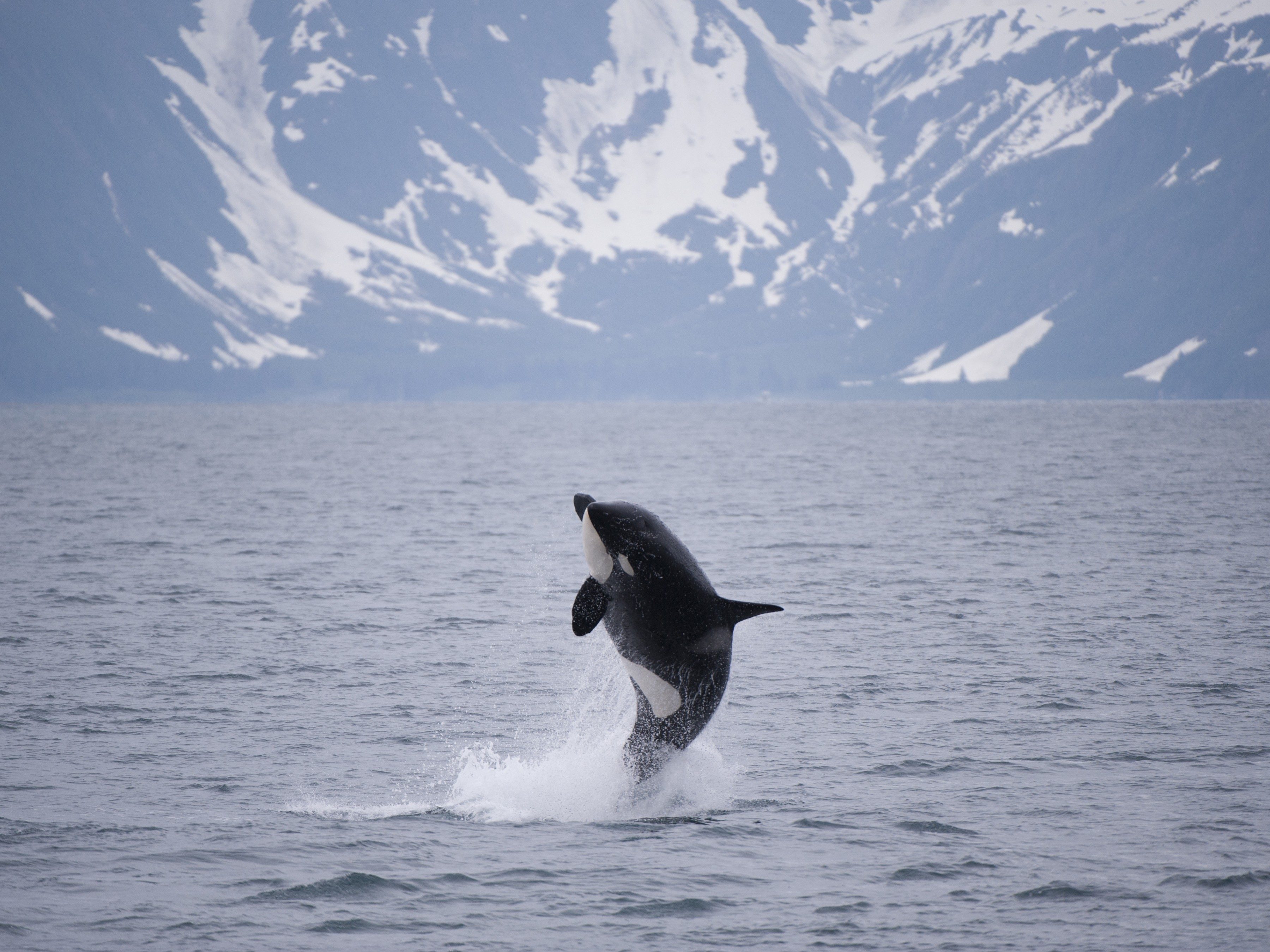
Predator vs. Predator – 4/5
“If we can’t keep them in the Canadian High Arctic and northern Greenland, we are not going to have them in the wild,” says Derocher, one of the study’s co-authors. The issue is that polar bears are adapted to hunt seals from ice platforms: “I’ve seen them try for seals in open water,” he says, but they simply don’t have the right physiology. “I’ve never seen them succeed.” They can supplement their diet while on land during the summer with seabirds, eggs and the odd caribou carcass. And even when summertime pickings are slim, polar bears are able to tolerate long months without food. But here’s the crux: the bear’s survival depends on its ability to feed on high-calorie seals when the ice returns.
Already, some populations are experiencing declining weight and increased mortality linked to disappearing sea ice. At least killer whales in the Arctic are unlikely to eat polar bears’ lunch. Inuit hunters have seen the whales hunting seals, but there are more than enough of them to go around, says Paul Irngaut, director of wildlife and environment for Iqaluit-based Nunavut Tunngavik Inc., an organization that represents the Native treaty rights of the Inuit of Nunavut.
Ferguson, Thiemann and Derocher all agree. In the short term, the whales may even be a boon for polar bears. Orcas are messy eaters, leaving behind large chunks of carcass after a kill. Polar bears have been seen feasting on the remains that wash ashore. That’s not to say killer whale appetites won’t have an impact on the Arctic ecosystem. As a University of Manitoba PhD student, Cory Matthews analyzed stable nitrogen isotopes from the teeth of two killer whales found dead in Hudson Bay. His results, published in 2014, suggest they are eating belugas, bowheads and narwhals.
A new predator-and one that is especially skilled-may leave its mark on these already threatened species. While all three species know a predator when they see it, they have little practice in evading one that moves quickly and hunts in pods. Killer whales’ preferred technique is ramming prey from below, but they’re highly adaptable. They’ve been observed covering bowhead blowholes and keeping mothers down long enough to take their calves. They’ve also been seen biting off tails and fins before going in for the lethal blow.
Under normal circumstances, belugas, bowheads and narwhals take refuge in sea ice. But circumstances are not normal in the Arctic, and their hiding places are fast disappearing. When ice is not available, they head for shallow water, perhaps hoping the risk of beaching will dissuade orcas from following.
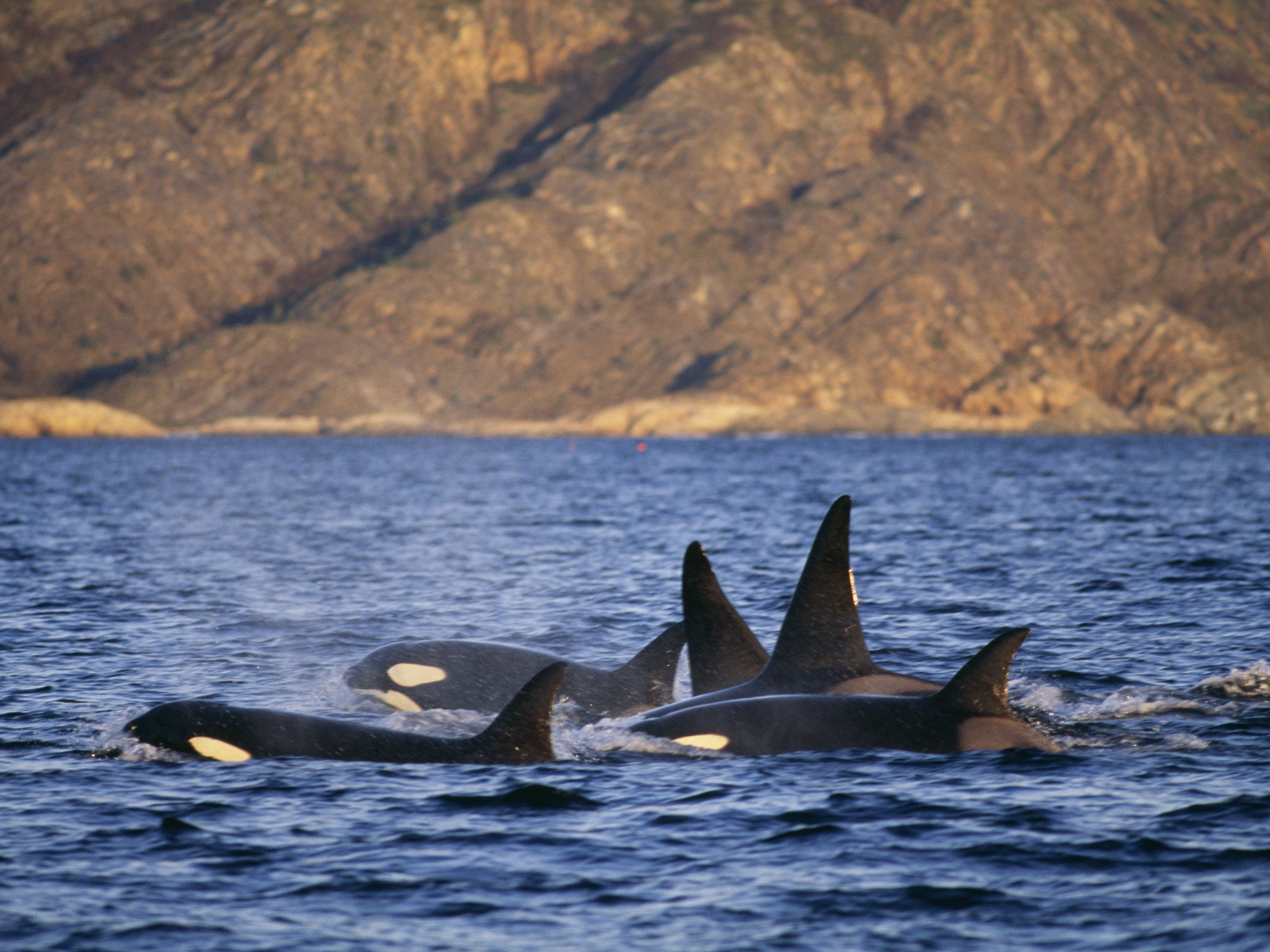
Predator vs. Predator – 5/5
While Ferguson can’t predict what impact killer whales will have on any one of these whale species, that doesn’t stop him from worrying. As sea ice melts, orcas will have access to wider hunting grounds, putting their prey at greater risk. “I think they are going to be in trouble,” he says.
Ferguson also worries what fewer belugas, bowheads and narwhals could mean for the subsistence hunt in Inuit communities. While nobody is getting rich hunting these whales, they are an important part of Inuit culture. That includes the sense of community that comes from hunting together and sharing the kill.
The whales’ blubber and skin are also significant sources of nutrients that are otherwise hard to come by in the Arctic. They contain high levels of retinol (a form of vitamin A), vitamin B, vitamin C, polyunsaturated fats and protein.
While technically Inuit could substitute with orca blubber, people know what they like to eat, and it’s not killer whales. Besides, says Attitaq, the creatures can hold a grudge: “Killer whales are good hunters. They will never forget who made the bad choice to harm them, and they’ll come back to harm you, so we don’t hunt them.”
For now, at least, Attitaq doesn’t believe the traditional hunt is threatened by killer whales. In fact, the opposite may be true. When orcas herd their prey, which flee to shallow water, Inuit hunters can more easily make a kill.
Certainly the killer whales swimming around Remi Foubert-Allen’s Zodiac were having exactly that effect on the belugas. Their smooth white bodies could be seen plainly beneath the surface as they crowded close to shore. Maybe the orcas weren’t hungry, or maybe they were distracted by the boatload of enthralled tourists bouncing across the waves. Whatever the case, on that day at least, no one witnessed a demonstration of the animal’s potential as the North’s new top predator.
Yet, as Ferguson points out, the Arctic is changing quickly, and scientists need to pay close attention to what is going on. “[Polar bears] have evolved to adapt to sea ice. That’s their habitat,” he says. “In the end we may lose ice-adapted species, and others may move in. It might look good. Yes, it’s biodiversity. But we’re losing the originals.”
Related Features:
To Save a Whale
How the Franklin Ships Were Found
Treasure Hunt: The Mystery of Oak Island